Which dishes on the Christmas table are 'must haves' and which have outlived their usefulness? We take a look at some of the Christmas table classics and delve into the history of Christmas food. Why do we eat the way we do at Christmas in Sweden?
Table of contents
Dishes on the Christmas table
There are often many dishes on the Christmas table. These can be classics like herring and Christmas ham, but also local specialities and newer favourites.
When we talk about the Christmas table in Sweden and Finland today, we mean a buffet, or sandwich table, served around Christmas. Most of the dishes we eat today don't actually have a long history, although the tradition of celebrating Christmas itself has pre-Christian roots, dating back to the 11th century festivities around the Midwinter Festival.
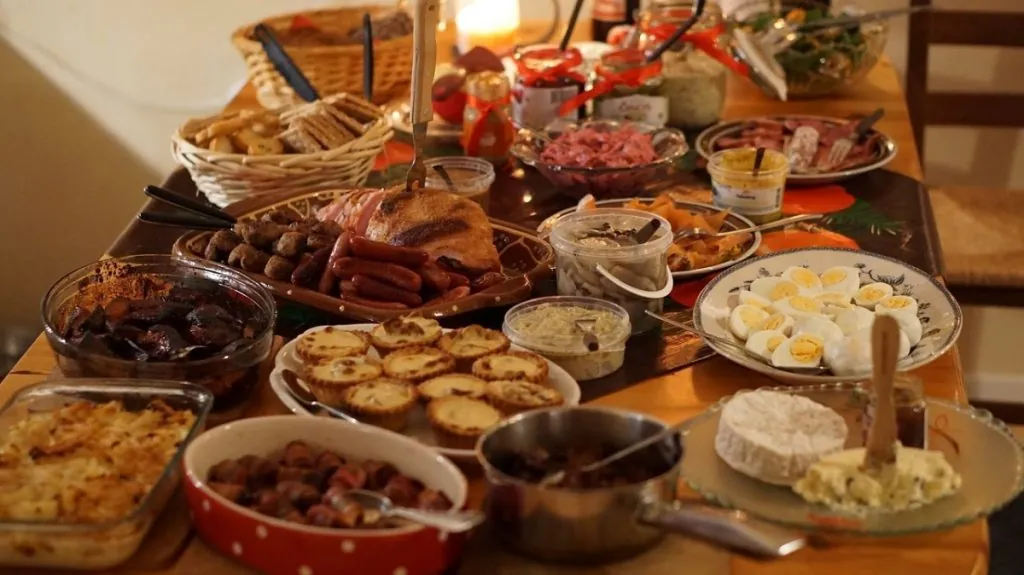
The history of Christmas food
In pre-Christian times, when the midwinter blots were celebrated, people spoke of 'drinking Christmas'. During the winter feast, it is likely that people wanted to use all parts of the slaughtered pig, and it is possible that dishes such as Christmas sausages, jams, pig's feet and dips in the pot date back to this time.
In the Middle Ages Christmas became a Christian holiday in Sweden, and Advent fasting was added. This meant that no meat could be eaten in the weeks before Christmas, and so porridge and various fish dishes, such as lutefisk, became part of Christmas traditions.
In the 18th century the so-called 'Brännvinsbordet' became popular in high society. Festive meals began with a starter consisting of bread, butter, cheese, herring or salmon, sausage or dried meat, and some flavoured brandy. This can be said to be a precursor to today's Christmas table.
In the 19th century the Brännvinsbordet evolved into a full-scale smorgasbord. During this time, it was also popular in high society homes to import luxury products from other countries, which meant that we got figs, dates, marzipan and foreign nuts on the so-called "gottebordet".
In the 20th century today's classic Christmas table began to emerge. As our ability to preserve food improved, the range of dishes on the Christmas table increased. After the First World War, Christmas dinner began to be served in restaurants.
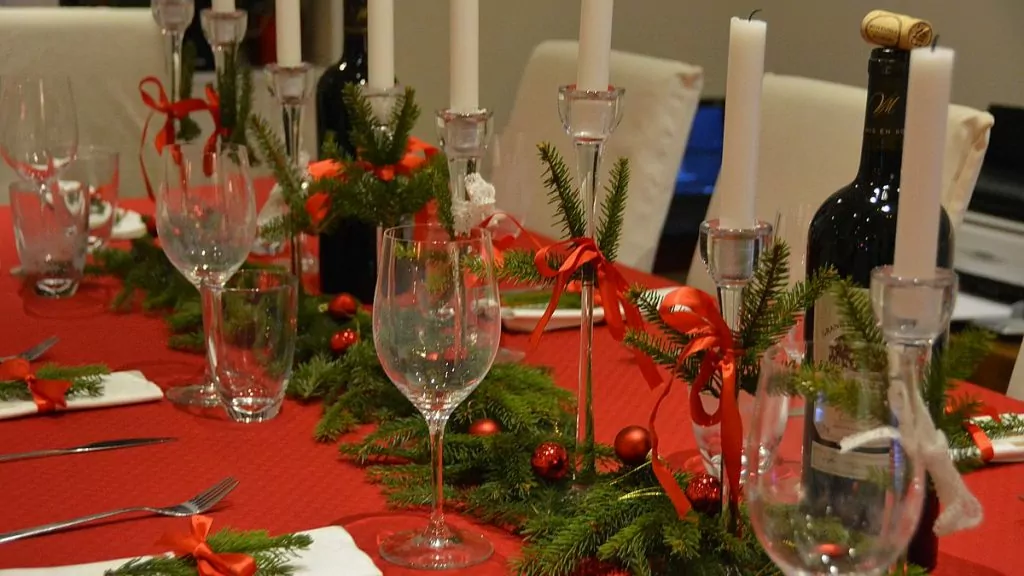
1. herring
Herring was a permanent feature of the so-called 'Brännvinsbordet', which was popular at 18th century banquets in fine homes. Herring has also long been an important everyday food for the general public in Sweden, but originally it was salted.
It was only in the 19th century, when the availability of sugar and vinegar improved, that new pickling techniques made herring popular as a festive food. At the beginning of the 20th century, herring became one of the most important dishes on the Christmas table.
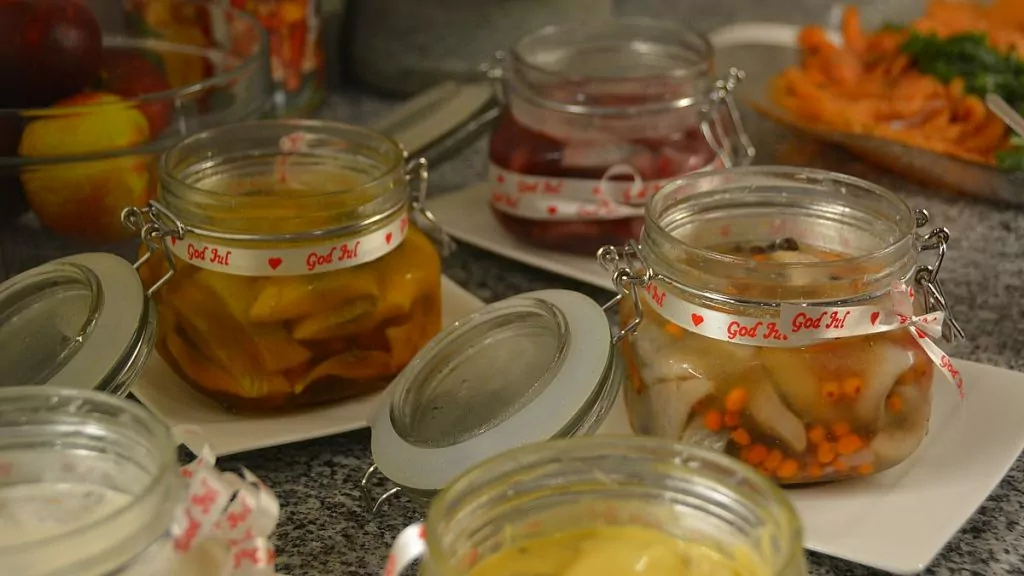
2. grilled salmon
Gravad salmon is a Nordic dish consisting of salmon that has been gravad, i.e. cooled in a mixture of salt and sugar for a few days. The dish has existed in the Nordic region in its current form since the 17th century, and similar cooking methods have been used since the 14th century or earlier.
However, eating gravlax on the Christmas table, preferably with courtly sauce, is a relatively new idea. It was only in the 1970s that the delicacy crept into Christmas tables, restaurants and homes.
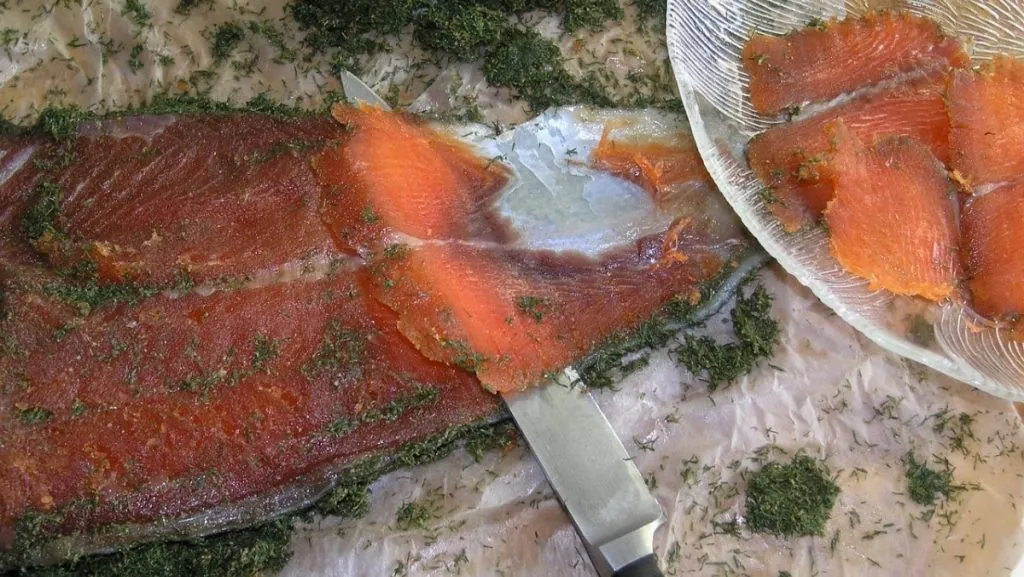
3. Jansson's temptation
Jansson's temptation is a Swedish dish, formerly known as anchovy gratin, which includes potatoes, onions, anchovies, cream and crusty flour, and is now considered one of the most important dishes on the Christmas table. There seem to be different explanations as to where the dish got its name.
According to one explanation, the name was inspired by the opera singer Per Janzon (1844-1889), who used to serve this dish with beer and schnapps. Another explanation is that the film Jansson's temptation (1928), which gave rise to the name.
Originally, the dish was most common as a wrap, but in the mid-20th century it began to appear more frequently as a Christmas food.
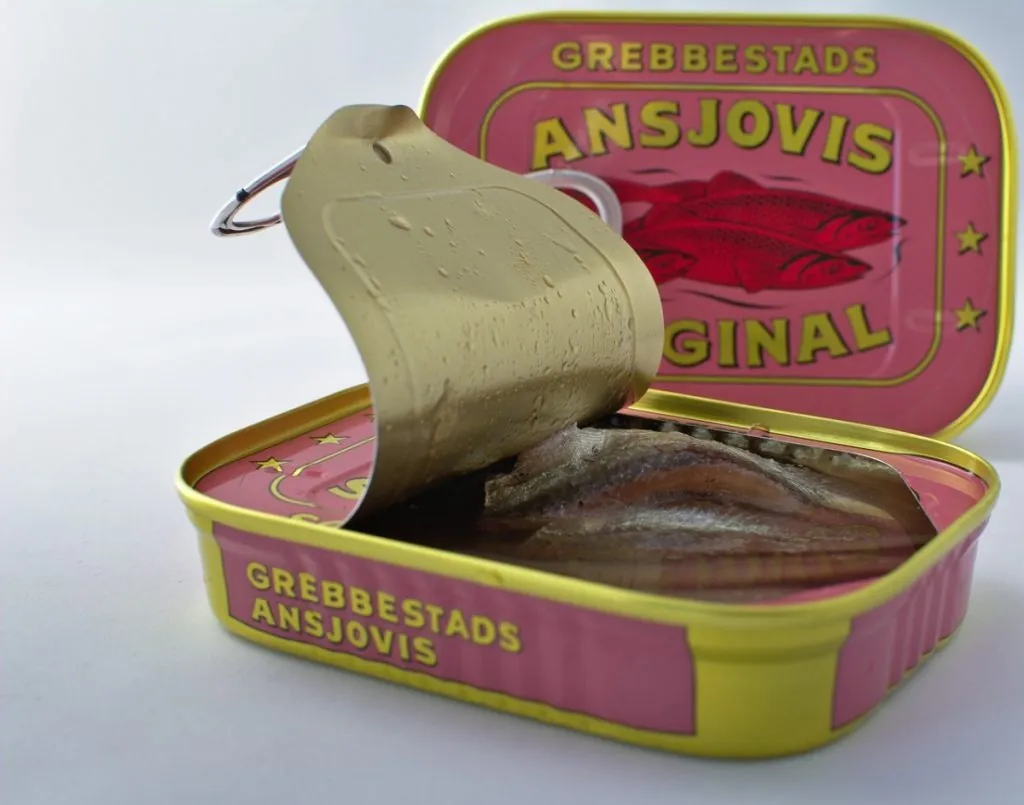
4. Christmas ham
Christmas ham did not become common on the Christmas table until the 20th century, although it was sometimes served in middle-class homes as early as the 19th century. However, eating some form of pork at Christmas can be traced back a long way. Already in pre-Christian times, pigs were slaughtered in connection with the midwinter festival, and even before Christmas ham was eaten, dishes such as pig's head, pig's feet or ribs were served.

5. meatballs
Meatballs may seem like a classic Christmas dish, but in fact their history on the Christmas table is relatively short. In the 19th century, when the meat grinder became more common in Swedish homes, it became easier to cook meatballs. However, it wasn't until the 1970s that meatballs became popular on the Christmas table, not least when ready-made frozen meatballs became available in shops.
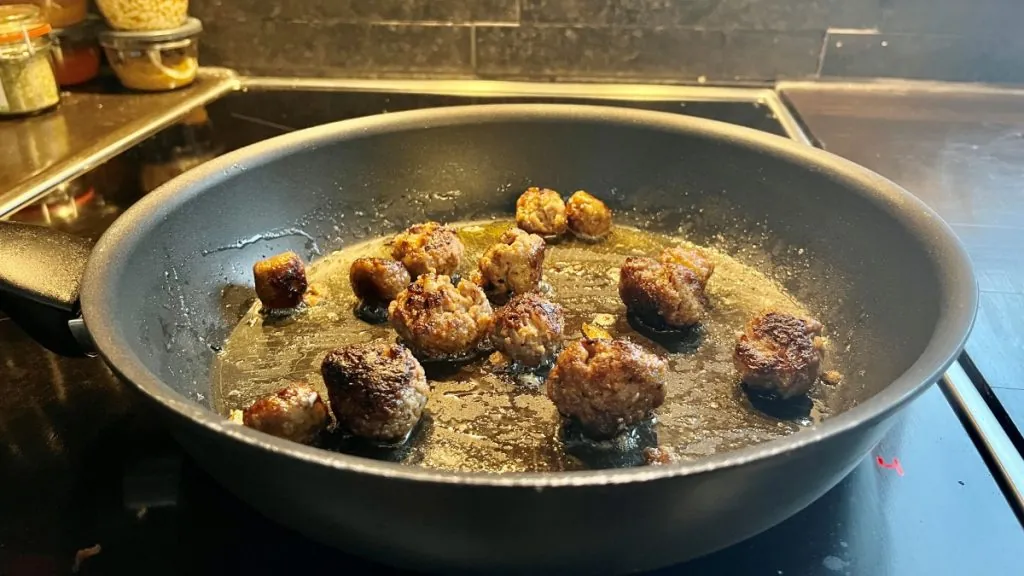
6. Christmas sausages and prince sausages
The Christmas sausage is one of our older dishes on the Christmas table. Today, this sausage has declined in popularity, although in some circles making homemade sausages has become a bit of a trend again.
In the first part of the 20th century, the development of the charcuterie industry suddenly made it easy and relatively cheap to buy things like prince's sausages and liver paste, and these products became popular on the Christmas table.
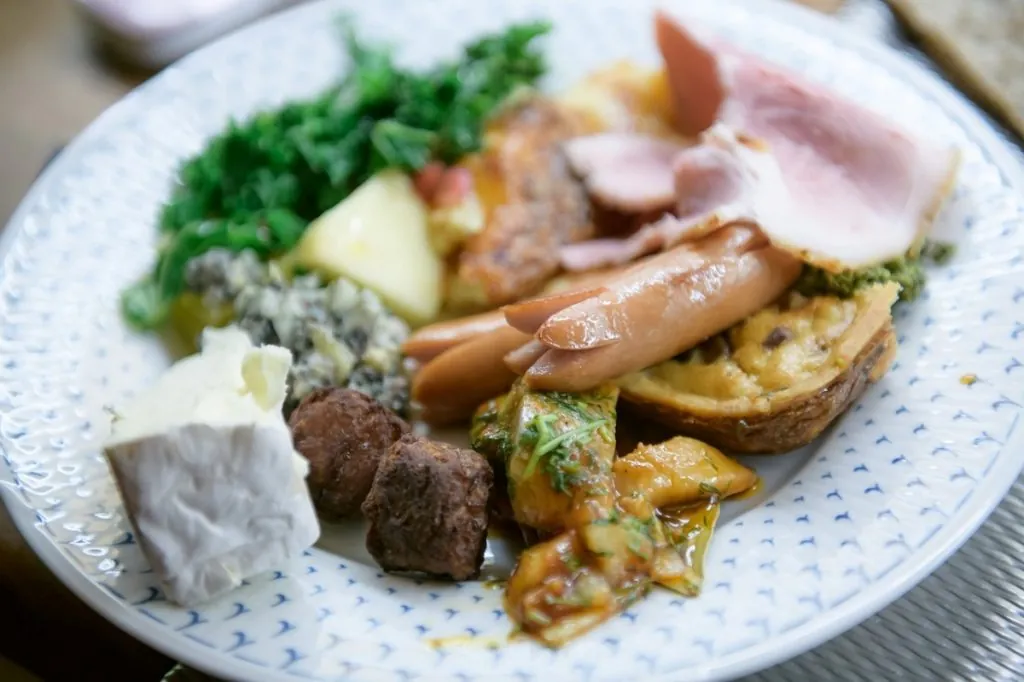
7. Red cabbage, kale and brown cabbage
Different varieties of cabbage are a popular addition to the Christmas table, and the variety you choose may be related to where you come from in Sweden. Brown cabbage, which is made by browning shredded white cabbage and boiling it in syrup, is a Scanian tradition. In Halland, on the other hand, there is a tradition of chopping, frying and boiling kale into "long cabbage".
Cabbage may have fallen out of favour for a while, but now it's hot again. If you look at modern Christmas food recipes, you'll find lots of variations on red cabbage and kale, among others.
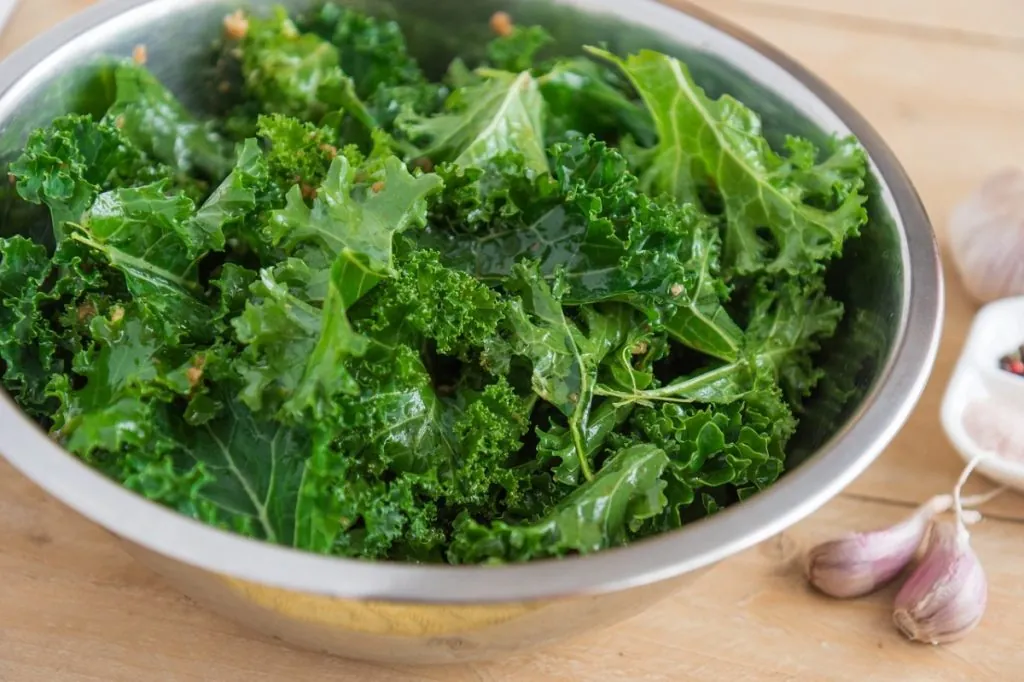
8. beetroot salad
Some form of beetroot salad may have been eaten as early as the 17th century, but it did not include mayonnaise and was not eaten at Christmas. It was only in the 20th century that beetroot salad was introduced as a Christmas food, and it was in the 1970s that the dish became popular and common at Christmas.
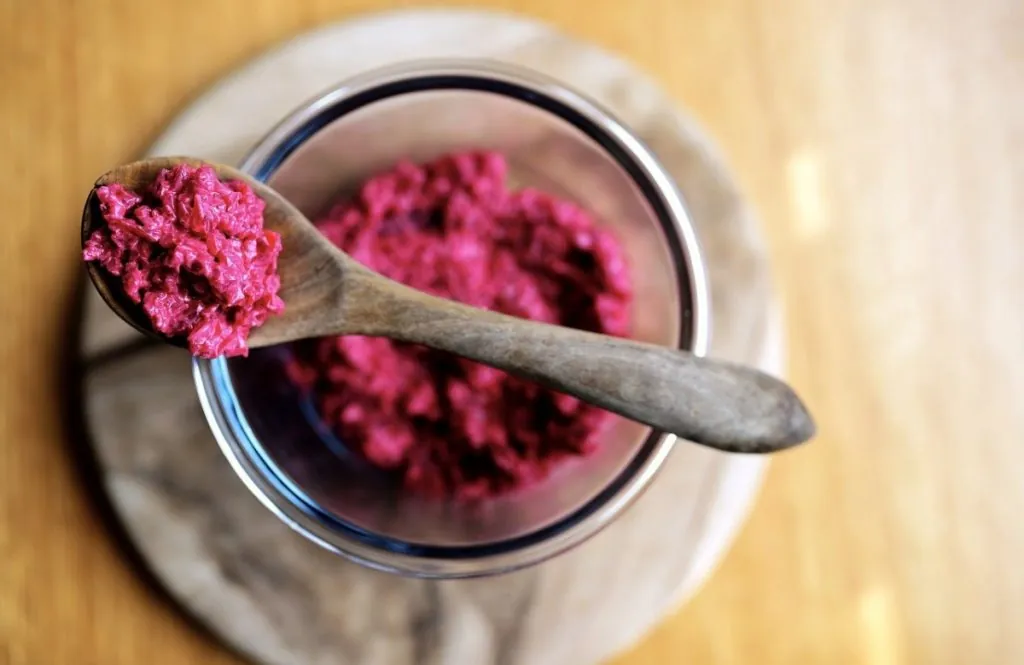
9. Dip in the stew
In Sweden, Christmas Eve is sometimes referred to as 'dopparedagen', which is related to the tradition of dipping bread in the hot spade in which the Christmas ham has been cooked. The custom of dipping bread in spades has a long history in the Nordic countries, and is already mentioned in the Poetic Edda, which was written in the 9th to 11th centuries.
In the Middle Ages, fasting in the weeks leading up to Christmas meant not eating meat, so dipping in the stew, and getting meat-flavoured bread without breaking the fast, became very popular. When fasting ended, dipping in the pot remained as a simple mid-day meal.
Today, dip in the pot is perhaps more likely to be eaten with other food, perhaps as part of the Christmas table. However, the tradition is less common today, and dip in the pot is one of the dishes on the Christmas table that is declining in popularity.
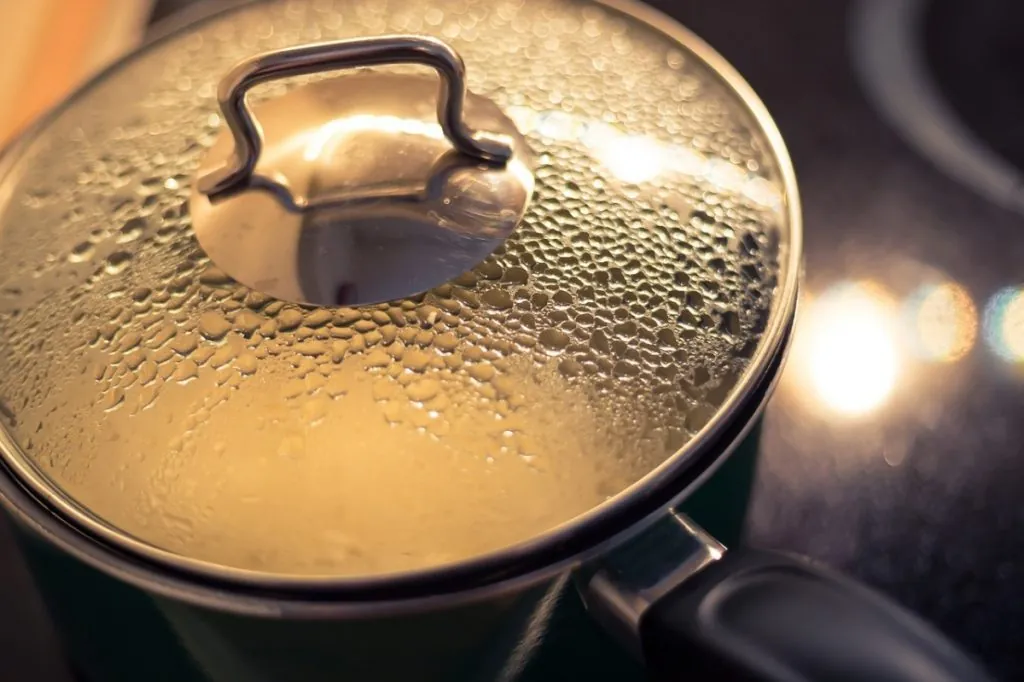
10. lutefisk
Lutefisk consists of dried fish soaked in lye and then in water before being cooked. The method of cooking the fish probably originated in Germany and the Netherlands and was already known in the Middle Ages. In Sweden, lutefisk is usually made from ling, while in Norway cod is often used.
In the past, lutefisk was eaten in the winter because the ice stopped the fishing and the fresh fish had to be replaced by lutefisk. In the Middle Ages, the dish became particularly popular because meat was not allowed during the fasting period before Christmas.

11. Wheat bread
Vörtbröd is a sweet bread made from rye flour or rye flour and wheat flour, with vört used as a batter. This type of bread has been eaten in Sweden and Finland since the 17th century. Originally a bread for the gentry, it later became a festive bread for the common people. At the time, the bread was considered luxurious, as the wort provided both flavour and sweetness.
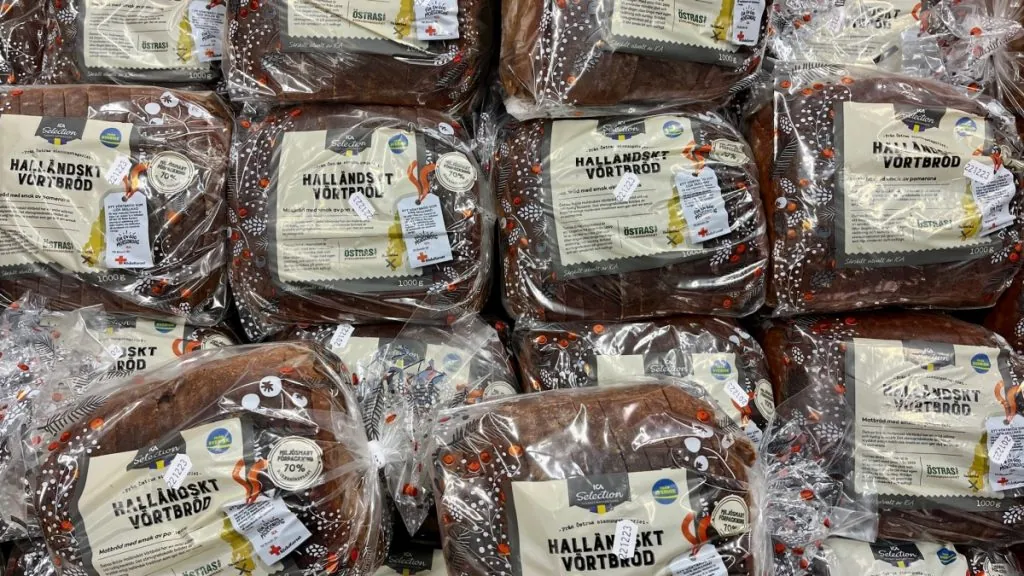
12. rice pudding
Risgrynsgröt, also known as julgröt or tomtegröt, is a dish made with water, milk, cinnamon, rice groats/grits and a little salt. It was not until the 19th century that it became common to cook Christmas porridge from rice groats. Before that, barley or rye flour was commonly used. At parties, the porridge was often cooked in milk and served with butter, cinnamon and cream milk.
There are quite a few traditions surrounding rice pudding. For example, there is a tradition of putting an almond in the porridge, and according to folklore, the person who gets the almond will be married the next year. Another idea is to set out a plate of rice pudding for the farmer's son to keep him in a good mood.
Leftover rice porridge can be used for various desserts such as rice pudding, rice à la Malta, orange rice or Gotland saffron pancake.
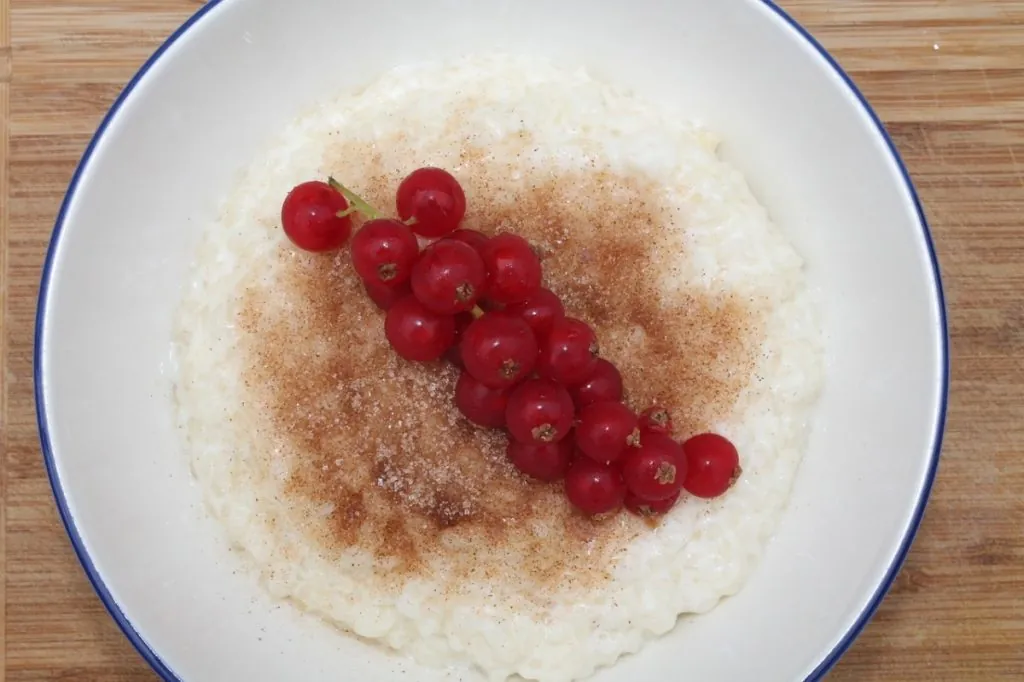
13. Christmas nuts
Hazelnuts are native to Sweden, and we may have been eating them in winter since pre-Christian times. Exotic nuts, like dates and figs, became popular with wealthier families in the 19th century, when these exclusive products could be imported.
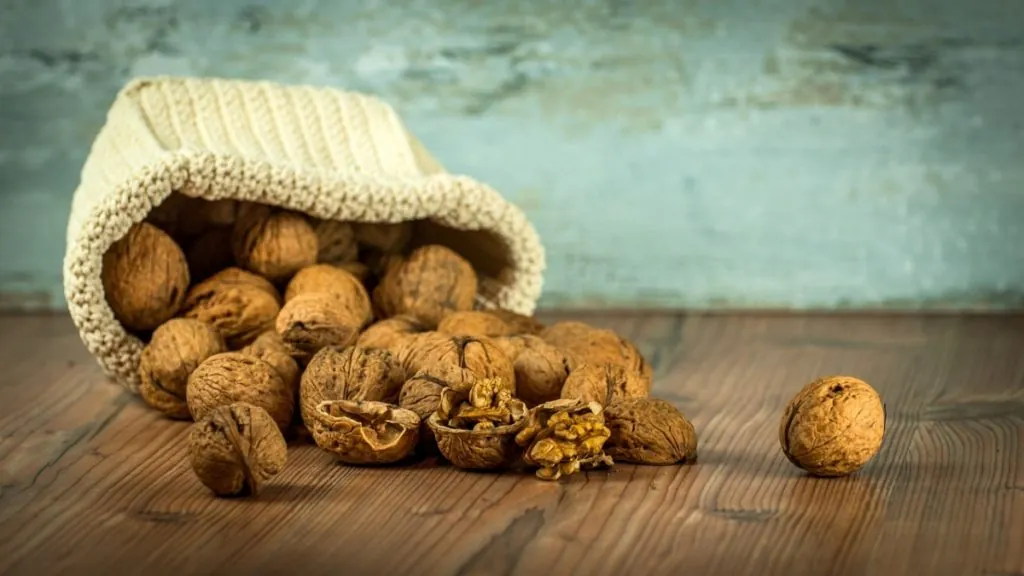
Which dishes on the Christmas table are important to you?
Which dishes on the Christmas table are important to you? Which ones do you absolutely cannot do without, and which ones can you skip?


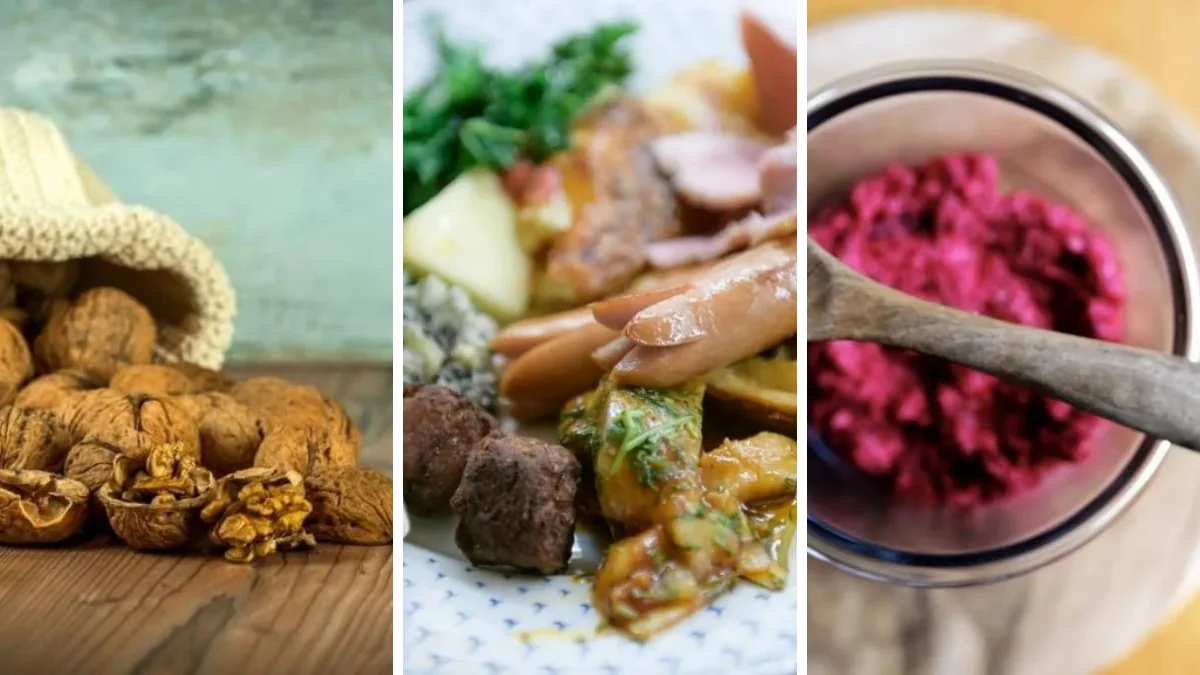






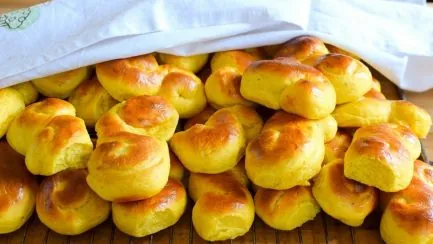
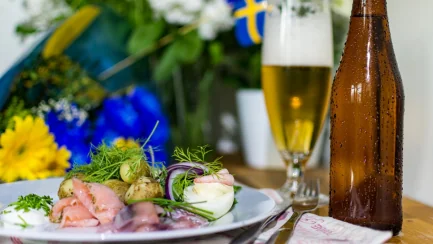
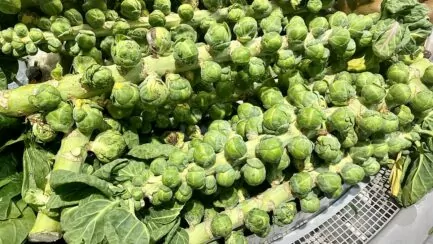
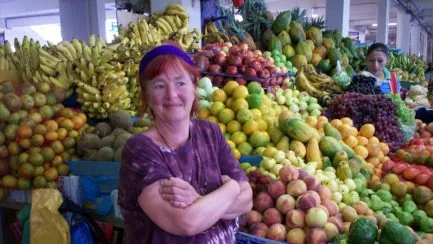
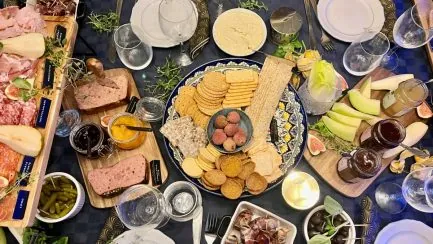
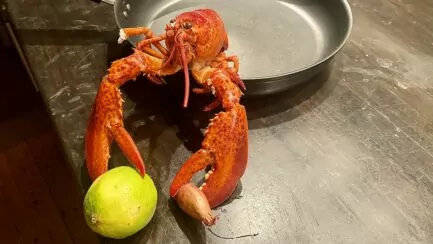



Hasse Olsson says:
Merry Christmas to you, here with us the midday dip is still alive, bread, Christmas sausages and pig's feet. In all simplicity.
24 December 2023 - 9:11
Helena says:
Thank you very much! Merry Christmas! Nice that you still have these traditions! 🙂
25 December 2023 - 10:46
BP says:
Godspeed to you!
I have enjoyed seven of your 13 dishes tonight. Lutefisk is a must, as is herring salad and gubbröra. Unfortunately, I am childishly fond of eel too. And since I'm not PC, I had a small piece of round smoked eel as well.
24 December 2023 - 23:40
Helena says:
Well done! 🙂 It sounds like a delicious Christmas celebration! Keep up the good work!
25 December 2023 - 10:47
Amanda (Swedish Passport) says:
Oh, love to take part in things like this! So fun to find out a little more about why we do what we do as well 🙂 🙂
25 December 2023 - 8:36
Helena says:
Isn't it? We love digging into this stuff 🙂 Have a great Christmas!
25 December 2023 - 10:48
Lena - good for the soul says:
We seem to be quite traditional. We have everything you list except the dip in the pot and lutefisk 🙂 Jansson is my favourite.
Hug Lena
02 January 2024 - 13:54